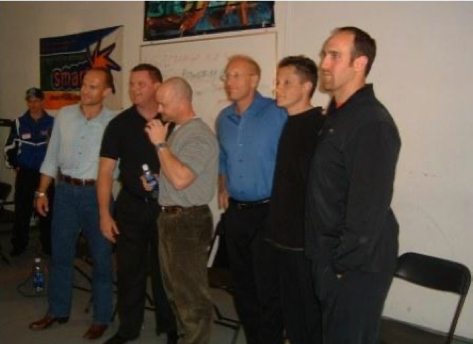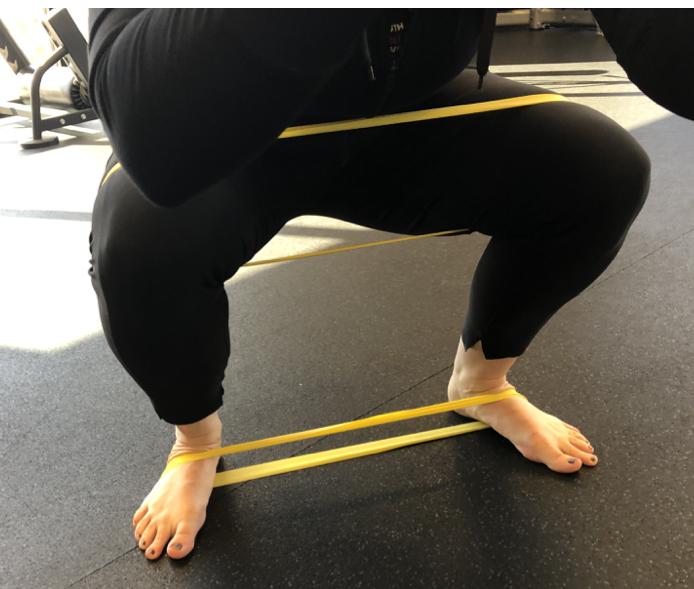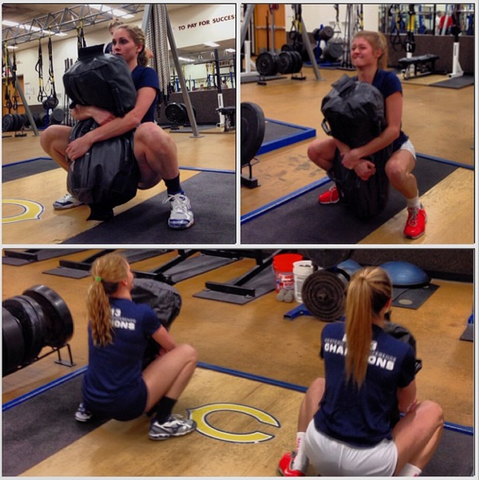The Best Squat For Great Strength & Mobility
2023-07-31

Being 6’4 and having played basketball for over 10 years when I was younger, saying the squat was NOT my favorite exercise is an understatement! I would do anything to avoid my mobility issues, movement compensations, and more by telling myself that a leg press, a smith machine, and the like was just as good. To be honest, it wasn’t that I was unwilling to address my issues in squatting, but time after time when I did what I learned where the “solutions” to my movement problems, not much improved.
Trust me, I tried A LOT of different things too! It wasn’t till about 2003 that I learned how the foundations I thought I knew about the squat were all wrong. Like so many fitness pros, I was taught to either push the knees forward or push the butt back when it came to starting my squat. That quickly caused a squat without great depth and also caused a lot of my back issues to feel much worse.
Then learning with Pavel Tsatsouline, the person that re-introduced kettlebells, I started to discover where I was going all wrong! Part of the issue was no one ever told me to start pushing the knees out versus forward or butt going back. Just this singular change sent me down the rabbit hole of re-examining the squat completely!

One of my first speaking opportunities with amazing coaches like Pavel, Dan John, Robb Rodgers, & Charles Staley 2004
Going through my textbooks again of fascial lines (connective tissue that covers the body and helps the muscles “speak” to one another) the ideas started to FINALLY hit me! So many of the connections of the body started with the feet and that is why martial arts spend so much time talking about “rooting” the feet, but it isn’t just martial arts. Dr. Chan and Dr. Rudins of the Mayo Clinic explain, “The foot is the ‘root’ between the body and the earth.”

We often put bands around people’s feet to remind them to “root” into the ground when they squat, if the feet collapse so does the squat!
Building a strong and mobile squat I found began with the feet and how to be more thoughtful of using the knees and the hips. This all activates the core from the ground up which is another essential aspect. Good core stability has been shown to increase mobility and provide better control of the lower body.

That is why we often begin with the Press Out squat to teach bracing of the core, but because of the leverage the movement we can’t really load our lower body as much as we would like. The solution? If we bring the weight closer to our body and even make it “part of our body” with deliberate tension we can build amazing squats, hence our Bear Hug squat.

People often misunderstand several keys to our Bear Hug squat. The first is that there is no difference between doing a goblet and a Bear Hug squat. That is VERY wrong! While the goblet (especially with a kettlebell) is useful, the problem is that our arms are the limiting factor in how much we can hold and we don’t use the dimension of the weight as feedback into how to squat better. Making the weight part of the body allows us to hold much MORE weight, but that weight AND the length of the Ultimate Sandbag allows us to both load our squat more, but also gives more feedback to the body to get better mobility.

View this post on Instagram
Coach Cory Cripe does a great breakdown of where people go wrong with goblet squats AND how the Ultimate Sandbag Bear Hug squat adds so much more to our movement and strength training practice. What keys do you need to remember?
-Root into the ground with the feet
-Drive the knees outwards as you go into the squat
-Grab the Ultimate Sandbag around the middle of the USB and trying to break the USB apart feeling the elbows come into the body and the shoulder blades tighten together.
-Using a larger USB so the dimension and load help our movement so we want a more filled USB.
We break down these strategies and SO much more in our DVRT Rx Knee programs that are 35% off HERE with code “kneepain” HERE

© 2025 Ultimate Sandbag Training. Site by Jennifer Web Design.






